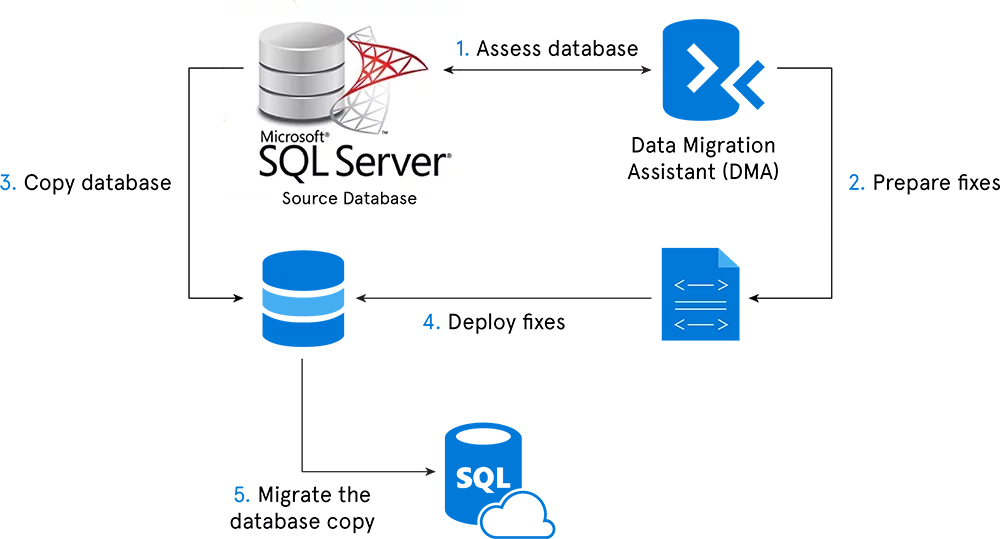Customer Background
The client is one of the leading financial services corporations, offering retail and commercial banking solutions. They are organized into four business groups: retail banking, commercial banking, wealth and asset management, and insurance services. The company provides a range of high-quality financial products to business and individual customers in the US.
Challenges
Database modernization from legacy systems is imperative for modern businesses to keep up with the rising demands of the business and stay ahead of the competition. The company had a data center portfolio with a complex network of sites and an outdated legacy infrastructure. Due to this, they were struggling to achieve zero-transaction loss. Moreover, due to the heavy maintenance, operational and performance expenses, managing multiple database sources was costing them a fortune.
The firm was facing several other problems, such as limited flexibility, complex integrations, inaccessible data, dwindling support and analysis of database structures. They wanted to resolve these issues and spend less time maintaining infrastructure. So, after thorough analysis, our team of experts proposed an advanced solution such as a consolidated repository under Azure SQL Database.
Solutions
Softweb Solutions carried out an extensive assessment of the client’s existing database system and data centers. Based on this knowledge, our experts helped the client migrate an enormous amount of data from a SQL Server (on-premises) to a centralized data repository under Azure SQL Database. The objective was to migrate database objects and data with minimal impact on the functionality of the system while maintaining data integrity. The migration process involved four steps:

- Data analysis: Analyzing data is imperative that includes entity mapping, maintainability analysis, error-handling, etc. It enables determining data loss and documenting a robust database modernization strategy.
- Pre-migration: Before implementing the migration strategy, it is significant to check data inconsistency, redundancy, stability, data type and length. Data cleansing is performed based on these findings.
- Migration phase: Moving the data from source to the target with the help of data-based transformation rules. It also includes logging and reporting errors during migration to resolve the errors.
- Post-migration: It becomes significant to ensure data quality in the post-migration phase. It includes planning, creating backups, quality testing and validation of results.
- 90%
Reduction in mainframe data-hosting costs
- 50%
Improvement in data access
- 30%
Reduction in development costs
Industry
Finance
Technologies / Platforms / Frameworks
Azure Database Migration Service, Azure Data Factory
Benefits
- Cost effective
- Flexible scalability
- Improved operational efficiency
- Supports modern lightweight application
- Auto patching and upgrade mechanisms
- Greater security with disaster recovery
Next Steps
- Identify your existing infrastructure in which you currently have legacy data. It can also be the system you are looking forward to eliminating.
- Check out the number of records or the amount of data in your legacy infrastructure. For example, 985,000 records / 5TB
- Identify the latest database system in which you wish to migrate your legacy data. Don’t have an idea? That’s perfectly fine. We are right here to help you identify it based on your needs.
Decade of Trust & Experience
1630+
Projects
545+
Technocrats
26+
Products and Solutions
1020+
Customers
Connect Now
Our experts would be eager to hear you.




